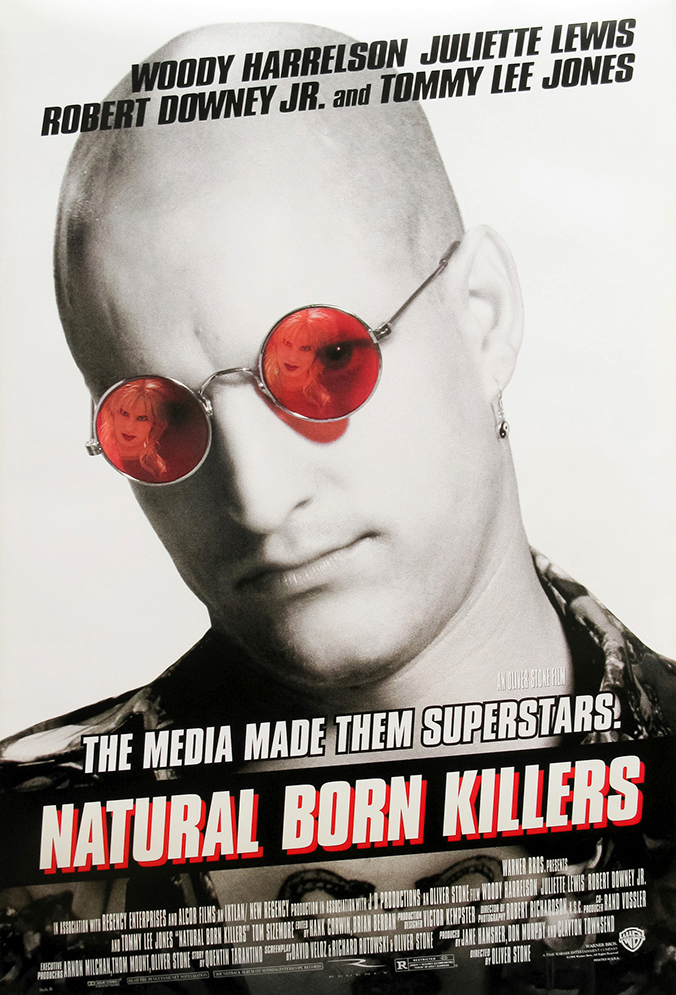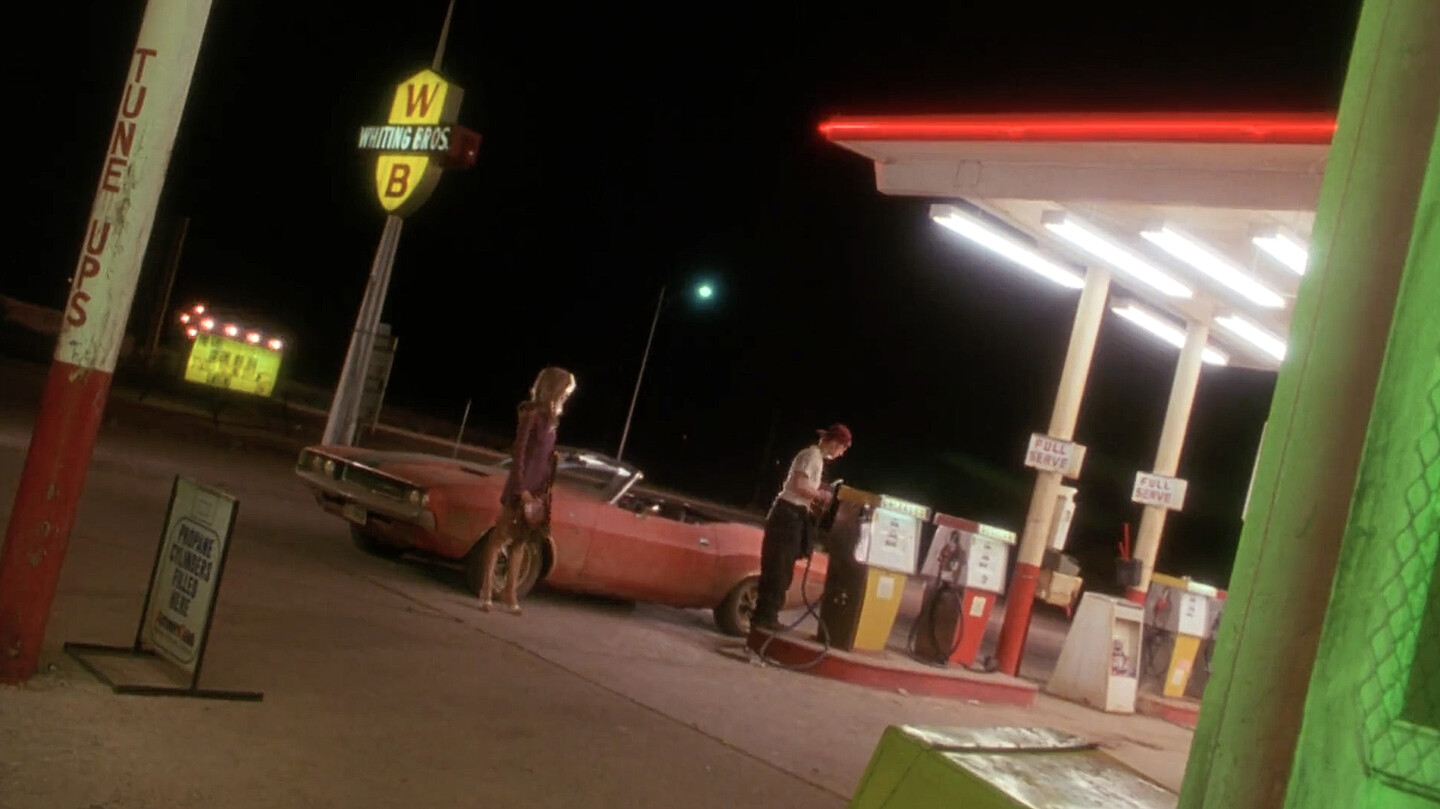It could be stated with a good degree of assurance that in the decade between 1984 and 1994, Oliver Stone was the world’s most prolific, and indeed preeminent, filmmaker. While Stanley Kubrick made just one movie in the same period, and Martin Scorsese six, Stone churned out no less than nine.
What’s more, those nine features weren’t just ordinary releases, but were rather some of the most well-crafted and critically lauded films of the time: Salvador, Platoon, Wall Street, Talk Radio, Born on the Fourth of July, The Doors, JFK, and Heaven & Earth. By any metric, a phenomenal run.
After that period though, Stone directed one last magnum opus, and then it seemed that this ten-year creative explosion had drained him of his powers, as he subsequently helmed films that were far less thought-provoking, artistic, and commercially successful.
Nonetheless, he will forever be remembered for the power and controversy that these movies wielded, especially the aforementioned final one, which was perhaps his most polemic and divisive of all. The film? 1994’s Natural Born Killers, a searing critique of America and its propensities for violence, familial dysfunction, and crass consumerism.
And while NBK can’t be classified as a car movie per se, which is why it has never been the subject of my other cinematically focused column, Rob’s Car Movie Review, it does feature one of the most iconic muscle cars of all time as the (anti)heroes’ ride – a 1970 Dodge Challenger R/T convertible.
It goes without saying then that if I can’t review the film itself, I sure as sin can focus on its four-wheeled star, and I’ve decided that this month is just the time to do it.
So away we go!
Many are unaware of the fact that Natural Born Killers originated from a screenplay written by Quentin Tarantino during his pre-Reservoir Dogs tenure working at a video store.
After Tarantino failed to find independent financing to make the movie himself, the script was optioned by a pair of producers who then sold the rights to Warner Brothers, which brought Oliver Stone into the fold. Stone, along with writer David Veloz, and the project’s associate producer, Richard Rutowski, heavily rewrote the story, which Stone ultimately directed.
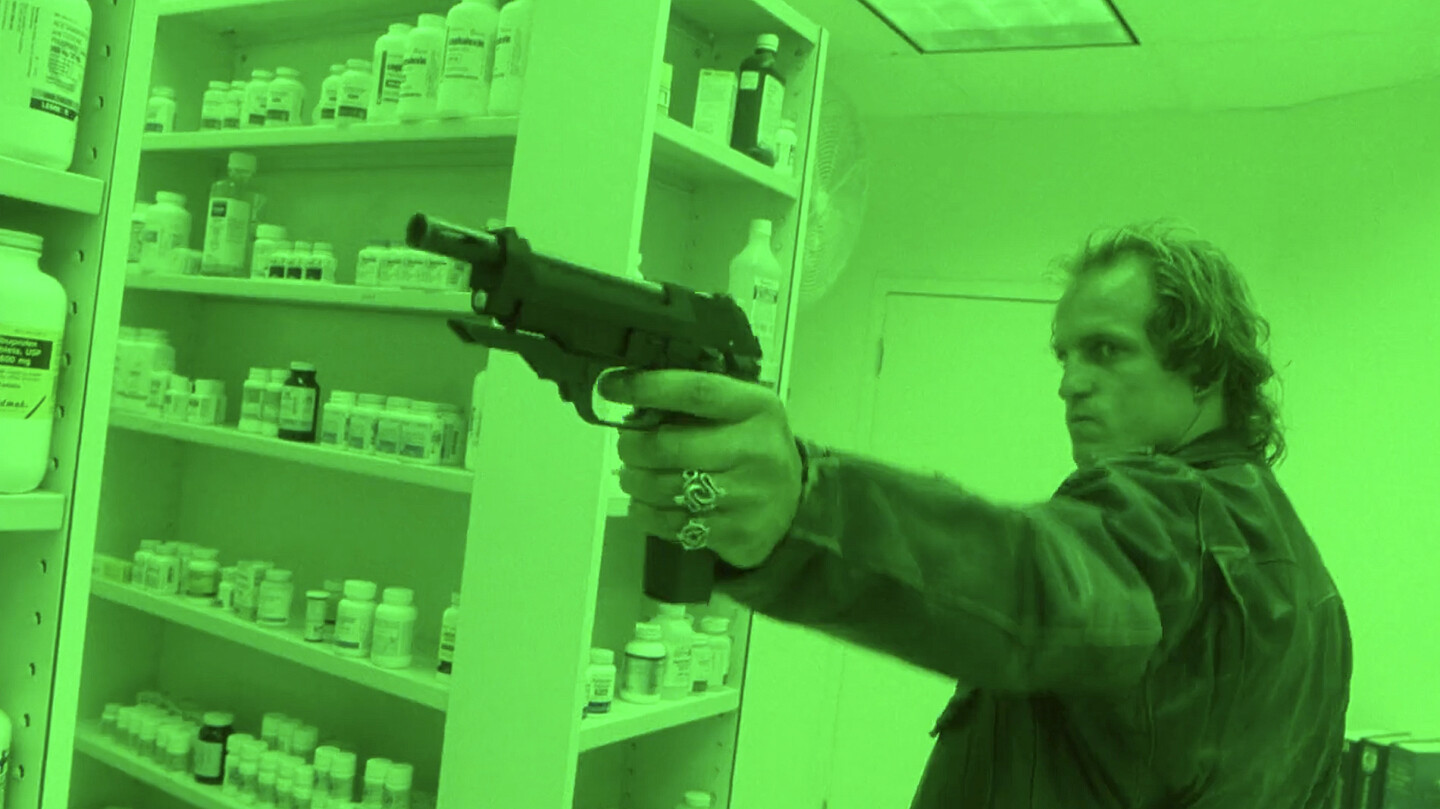
Woody Harrelson as the cold-blooded serial killer, Mickey Knox. (Photo courtesy of Warner Brothers Pictures.)
The film featured an all-star cast led by Woody Harrelson and Juliet Lewis, supported by the late Tom Sizemore, Rodney Dangerfield, Robert Downey Jr., Tommy Lee Jones, Steven Wright, Balthazar Getty, Mark Harmon, and Arliss Howard.
The movie tells the story of Mickey and Mallory Knox (Harrelson and Lewis), a married couple who both arose from horrifically abusive homes, and who subsequently set out to roam the highways of America on a killing spree to rival the worst in the history of crime. In the process, they become darlings of the media and the public, who feed off the pair’s sordid trail of debauchery and murder.
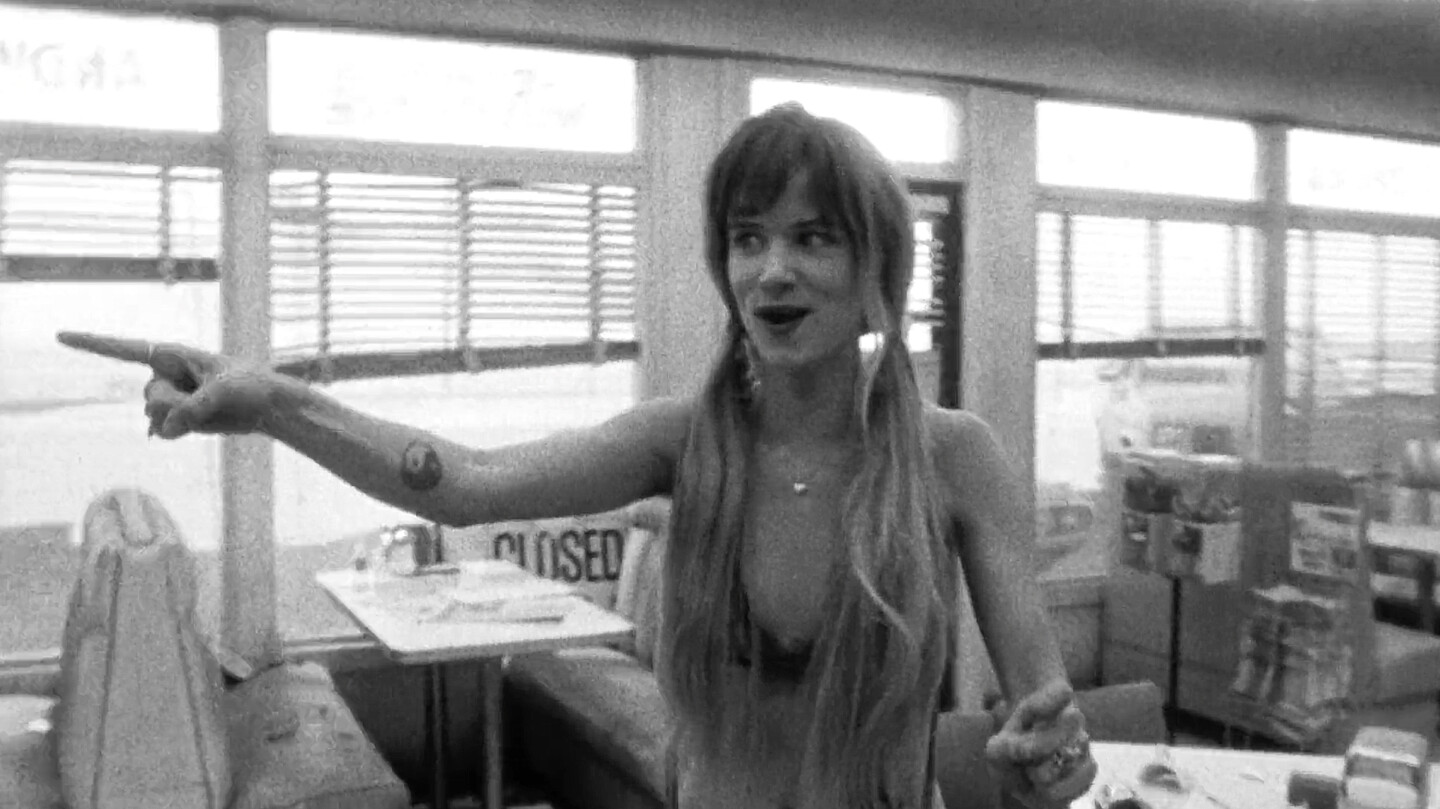
Juliette Lewis as Mickey’s wife and partner in crime, Mallory Knox. (Photo courtesy of Warner Brothers Pictures.)
Throughout their journey, Mickey and Mallory are pursued by Wayne Gale (Downey Jr.), a less-than-scrupulous tabloid TV show host, who will do anything to get an exclusive interview with the pair, and Detective Jack Scagnetti, an equally sleazy cop, who wants to see Mickey and Mallory end up in the gas chamber. When Gayle, Scagnetti, and the Knox’s paths finally do collide, calamitous events are unleashed.
The movie was equally heralded and savagely disparaged, with critics lauding the superb performances and Stone’s revolutionary photographic and editorial aesthetics, while bemoaning the gratuitous violence and what they saw as excessive social condemnation.
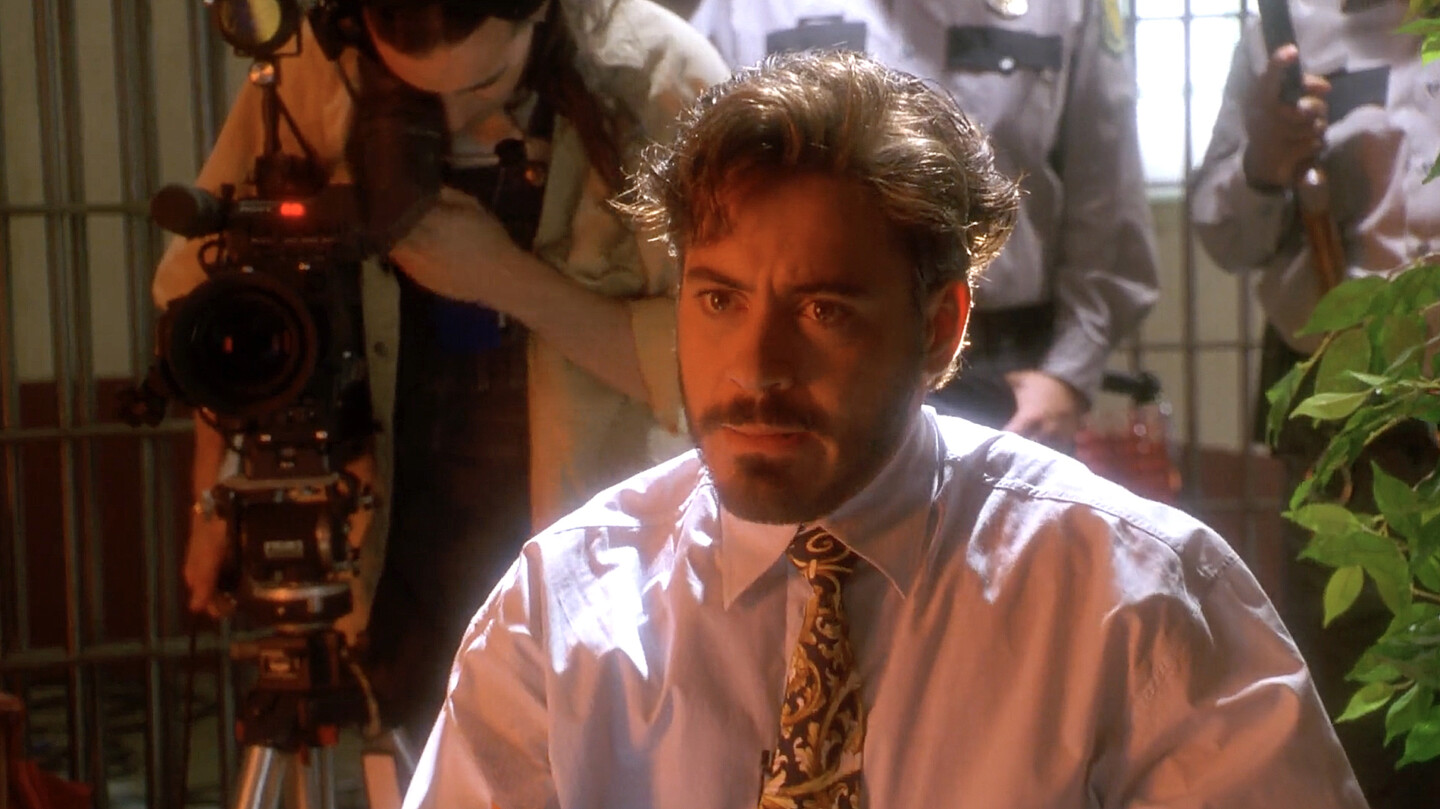
Robert Downey Jr. plays Wayne Gale, a smarmy tabloid TV personality. (Photo courtesy of Warner Brothers Pictures.)
Such was the outrage at the film’s brutality and gore, that attempts were made to blame it for the actions of defendants in murder trials, and congressional hearings on the media focused on it as a prime example of Hollywood content immoderation. Quite ironic, given that all the savagery in the movie is completely over-the-top and meant to be a critical comment on the violence endemic in American society.
The movie nonetheless did fairly well in theaters, grossing $50,283,563 in domestic receipts against a budget of roughly $34,000,000. It also subsequently became a cult classic upon release on home video.
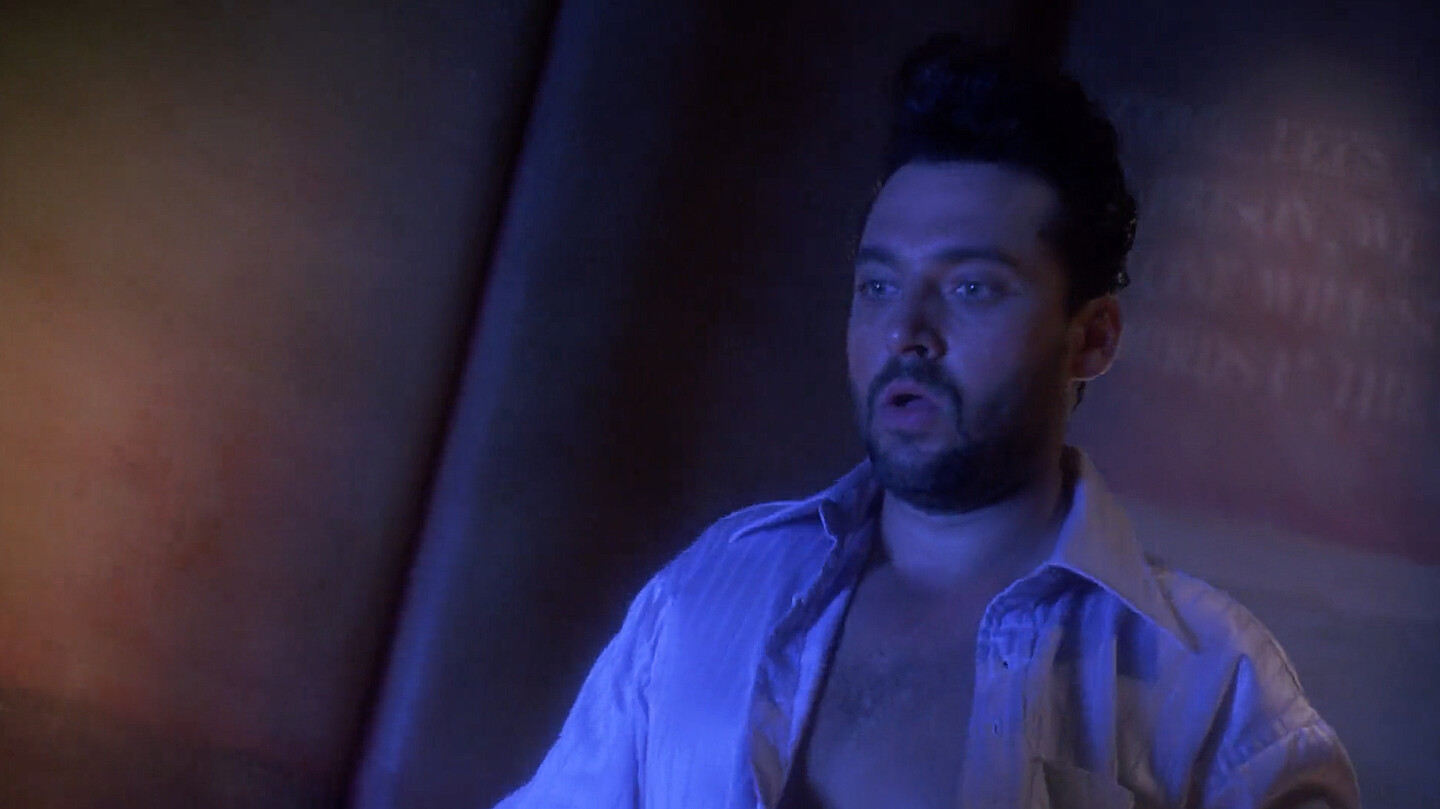
The late Tom Sizemore as Detective Jack Scagnetti, a ruthless cop in pursuit of Mickey and Mallory. (Photo courtesy of Warner Brothers Pictures.)
While cinephiles can watch the film over and over again to analyze the masterful filmmaking techniques on display in NBK, there is also something present for gearheads with a less lofty appreciation for movies to love. Yes, Oliver Stone saw fit to use one of the great muscle cars from back in the day as Mickey and Mallory’s ride as they wreak havoc across the country: a 1970 Dodge Challenger R/T convertible.
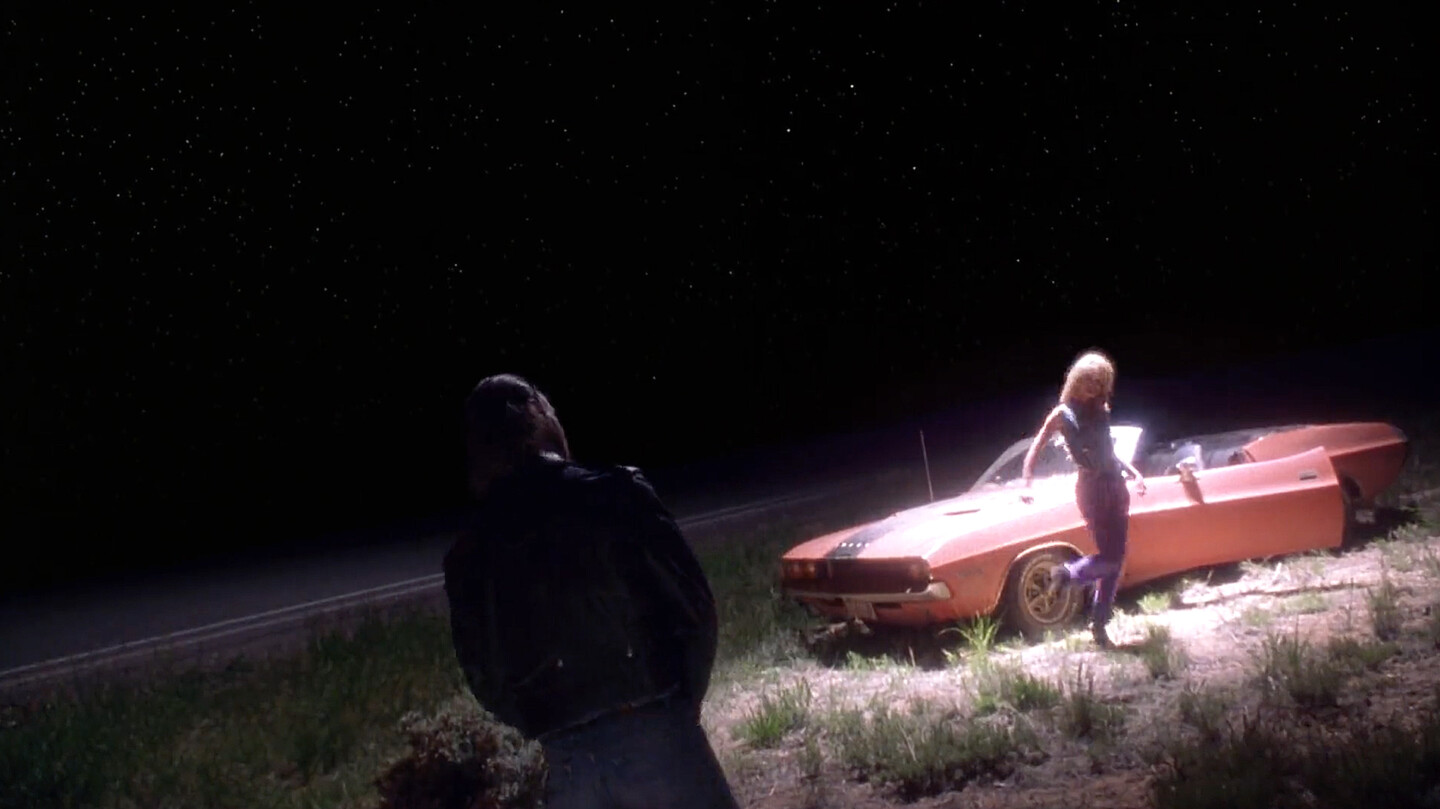
Mickey and Mallory and their wheels – a 1970 Dodge Challenger R/T convertible in Rally Red. (Photo courtesy of Warner Brothers Pictures.)
Draped in faded FE5 Rally Red paint with a black convertible top, black hood stripe, and a black Bumblebee over a crusty black interior, the Challenger looks like it has seen many miles with Mickey and Mallory, as well as past owners.
In the sequences that the Challenger appears in one can see that the car has a few interesting options and features, including a twin vent R/T hood, W23 Magnum 500 style five-spoke chromed 14” wheels, a chrome flip-top gas cap, driver and passenger side chrome racing mirrors, quad chromed tip exhausts, a Rallye gauge cluster, leather seats, and a wood grain, three-spoke steering wheel.
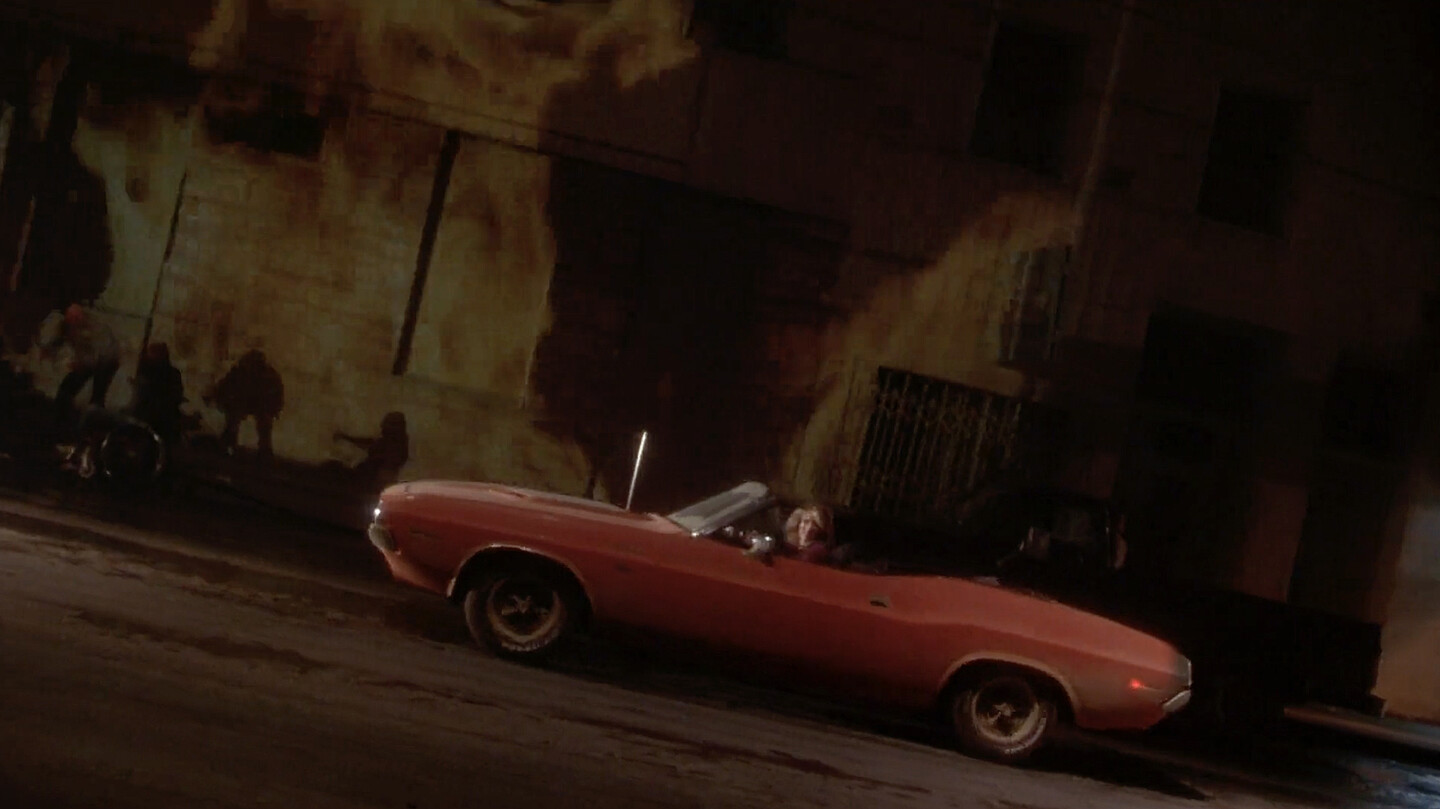
Mallory cruising the streets at night, looking for a victim. (Photo courtesy of Warner Brothers Pictures.)
The Challenger features prominently in the first half of the picture, as Mickey and Mallory wind through arid, western states in it. Although there are no high-speed chase scenes or smokey burnouts to be had here a la Vanishing Point and its 1970 Challenger R/T, the car does look right at home set against desert locales and, as such, inspires some comparisons to that earlier film.
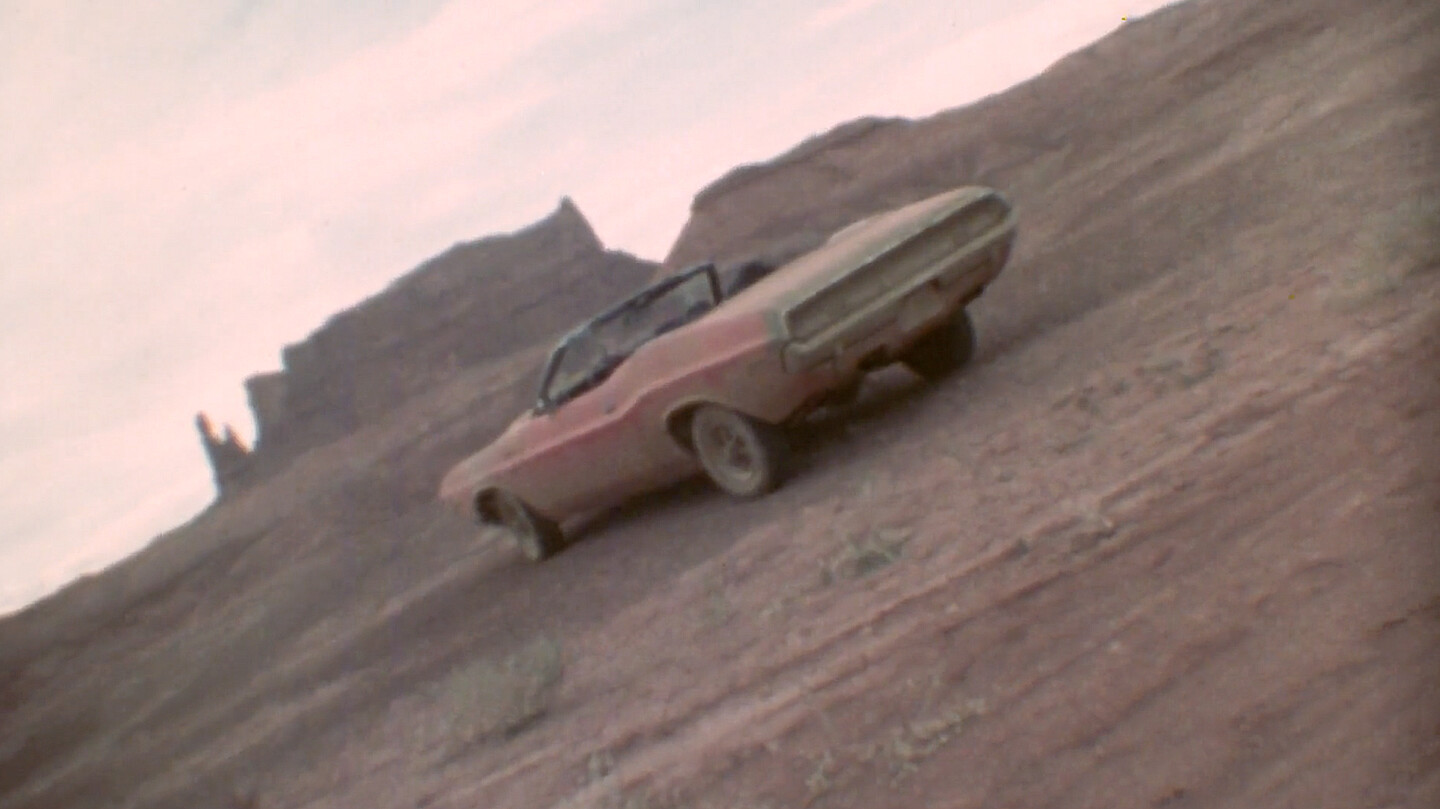
E-Body Challengers always look just right as a desert road trip car, whether it’s here or in Vanishing Point. (Photo courtesy of Warner Brothers Pictures.)
Two Challengers were used in the making of Natural Born Killers. The first one, used primarily for glamour shots where the car was not moving, was a numbers matching, genuine R/T convertible in excellent condition that began life with that Rally Red paint. It was dirtied up for filming by the art department to make it look like a beater.

In one pivotal scene, Mickey and Mallory are married in a blood handfasting ceremony, with their trusty Challenger R/T convertible close by. (Photo courtesy of Warner Brothers Pictures.)
This car was equipped with the entry-level engine option that came standard when you checked the R/T box on the order form – the big block 383 Magnum V8 – which was good for 335 horsepower and a hefty 425 lb-ft of twist. Backing it was an A727 TorqueFlite three-speed automatic. Putting power to the ground was 3.91:1 rear end with the Sure Grip limited-slip differential, and for slowing down, a set of power drum brakes.
As this was a fairly rare car, with only 963 convertible R/Ts made in the 1970 model year, a second car was used for driving sequences, and anytime abuse was heaped upon a Challenger, such as the scene where Juliet Lewis dances on the hood. This car left the factory as an R/T Special Edition coupe with a long since forgotten powertrain. It was apparently in fairly rough condition, and thus the filmmakers had no guilt in cutting the top off and giving it a quick Rally Red paint job to make it look just like the actual convertible.
The genuine Challenger R/T convertible survived filming, which is a blessing, given Hollywood’s penchant for destroying cars during or sometimes after production. It changed hands a few times post-filming, and then was purchased in 2009 along with another 1970 Challenger for $8500.
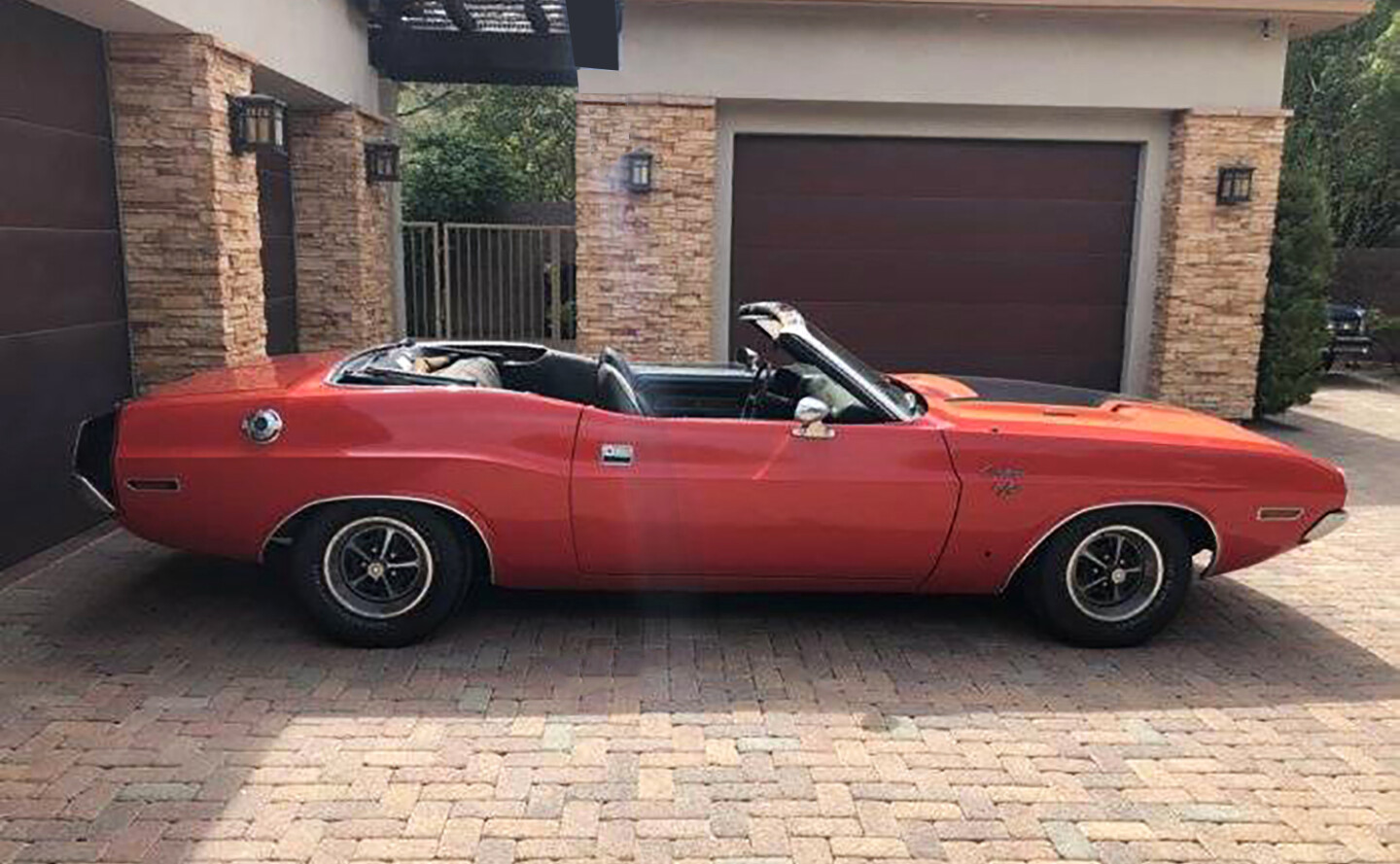
The R/T convertible as it appeared prior to being sent to Mark Worman of Graveyard Carz for restoration. (Photo courtesy of user NBK R/T on the For E-Bodies Only Mopar Forum.)
The whereabouts of the chopped-top coupe are currently unknown, but in October 2020, Mark Worman, Mopar restorer, and star of Graveyard Carz, posted a video on Facebook of the real convertible from the movie at his shop, and announced that he would be rebuilding it to a high standard. To date though, there has been no word on the status of the car. Perhaps on a future episode of the show we’ll see it being worked on.
In the meantime, any fan of E-body ragtops can watch this remarkable and outlandish film at home and ogle this superlative gem of Mopar history.

